Thursday 19th April 2018
28 degrees. Hottest day in April since 1949.
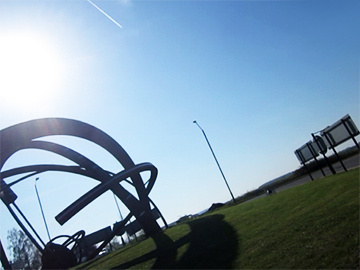
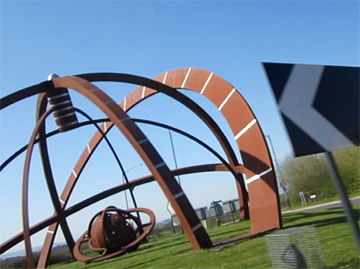
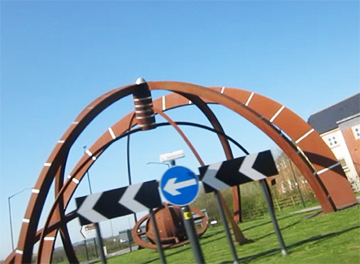
This £100,000 pound sculpture on the roundabout where the A422 meets the A4390 on the Banbury Road is by Mick Thacker and it has been creating quite a stir since it was erected in 2007.
An armillary sphere (variations are known as spherical astrolabe, armilla, or armil) is a model of objects in the sky (on the celestial sphere), consisting of a spherical framework of rings, centred on Earth or the Sun, that represent lines of celestial longitude and latitude and other astronomically important features, such as the ecliptic. As such, it differs from a celestial globe, which is a smooth sphere whose principal purpose is to map the constellations. It was invented separately in ancient Greece and ancient China, with later use in the Islamic world and Medieval Europe.
With the Earth as center, an armillary sphere is known as Ptolemaic. With the Sun as center, it is known as Copernican.
The flag of Portugal features an armillary sphere. The armillary sphere is also featured in Portuguese heraldry, associated with the Portuguese discoveries during the Age of Exploration. In the flag of Empire of Brazil, the armillary sphere is also featured.
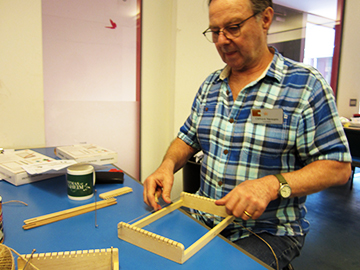
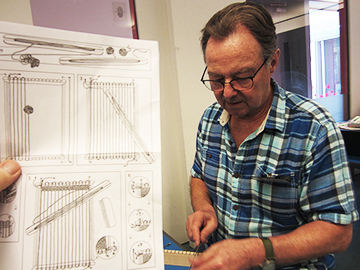

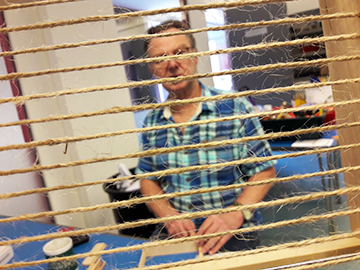
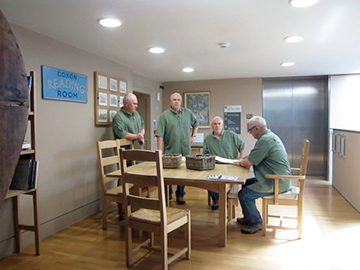
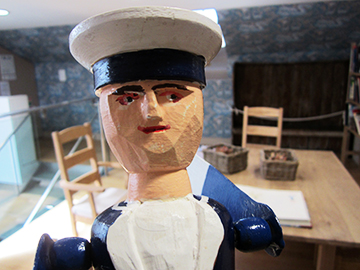
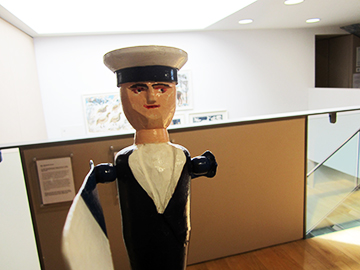
Art in the Afternoon
First Wednesday of the month, 2pm – 4pm
Learn new skills to help improve your confidence and ability in drawing. Classes take place in the galleries or outdoors, and are a great way to relax, learn and make new friends.
On the 2nd May I am going to be looking at Matisse cut outs referencing the work of Mark Hearld that can be seen in the area of the folk art collection.
Mark Hearld studied at the Glasgow School of Art and later gained an MA from the Royal College of Art specialising in Natural History Ilustration. His intense interest in flora and fauna is the driving force behind his large body of work in many different media, including collage, textiles and ceramics as well as print and paint. His style is influenced by the work of Picasso and also many artists from the 1930s, 1940s and 1950s including Eric Ravilious, Edward Bawden and John Piper. Mark is also influenced by the neo-Romantic artists of the 1940s including Keith Vaughn
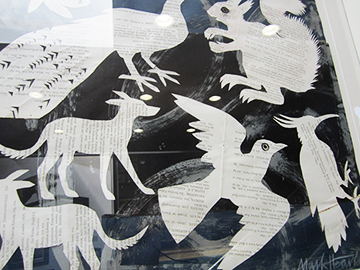
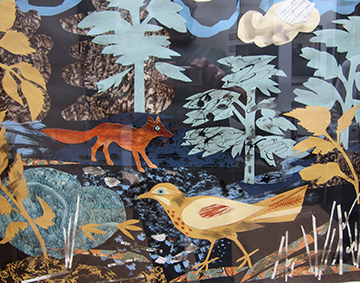
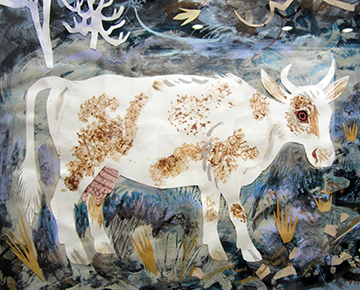

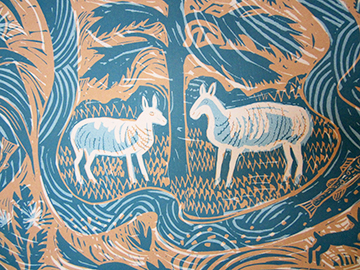
Henri Matisse created some of his best-known art in the final decade of his life, and he made it from the simplest materials: shapes cut from colourful sheets of paper. He described these “cut-out” works as “drawing with scissors,” and he used this technique for works of various sizes and subjects.
Matisse initially used paper cut-outs to plot the design of works in other materials. Arranging and re-arranging small forms cut from sheets of paper, he could plan effects of composition, colour, and contrast before he painted on canvas. In early experiments with this method, he employed cut-outs to visualize the stage sets he was designing for theatre and ballet productions.

Matisse initially kept his cut-out technique a secret. In 1943, however, he began to work on Jazz, an illustrated book of cut-out designs. Jazz was published in 1947. Its main theme was the circus, and its pages reproduced Matisse’s lively paper acrobats, clowns and animals. However, there were also hints of wartime violence in the illustrations’ exploding starbursts and falling bodies.
Coping with the difficulties of old age and illness in the years following World War II, Matisse nonetheless produced some of the most vibrant and dynamic works of his career. He lived and worked in southern France, in sunny studios in Vence and Nice. Following surgeries for severe intestinal disease, he was confined mostly to his bed and to a wheelchair. Working with paper turned out to be an ideal solution to his limited range of movement.
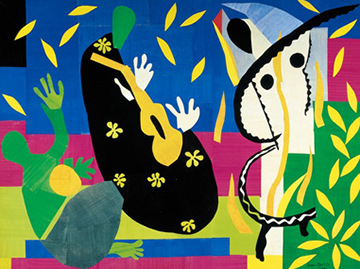
For small works, the artist’s studio assistants painted sheets of white paper with colours that he chose; Matisse then cut out shapes with a large pair of scissors and pinned them to a board, where he could adjust them until he had his final arrangement.
These smaller cut-outs included female nudes, botanical designs and geometrical compositions, as well as covers for books about his own art and about other artists.
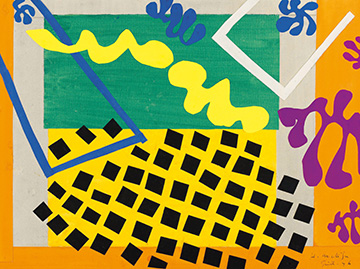
In the last years of his life, Matisse came full cycle to his earlier methods, using smaller cut-outs to design works in other media. Working with cut-paper prototypes, he planned stained-glass windows and ceramic-tile wall decorations for several private homes. The project that he referred to as his “masterpiece” was the Chapel of the Rosary in Vence, completed in 1951. Matisse used his cut-outs to develop many aspects of this church’s decoration, from stained-glass windows to vestments for its priests.
We will be looking at the folk art collection and Mark Hearlds work and create our own cut outs reflecting on the works of Hearld and Matisse.
We will use some vivid coloured papers instead of painted sheets. We will take time to create our images thinking about composition and once happy we will mount them and fix them with glue.
Finally we will place a simple frame around the work before talking together about our creations.
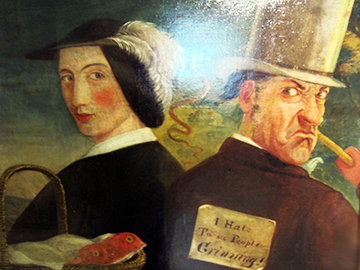
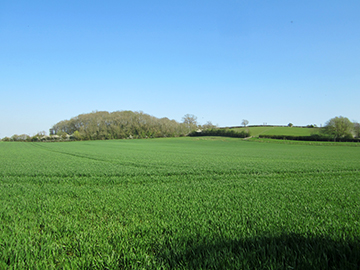



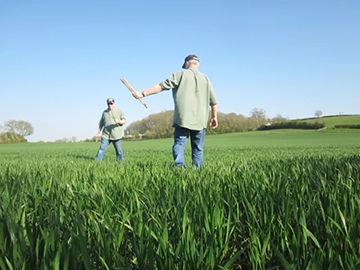



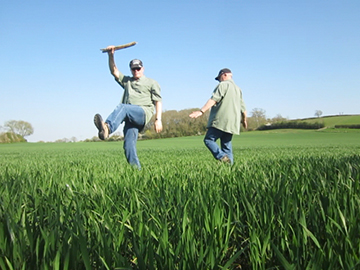


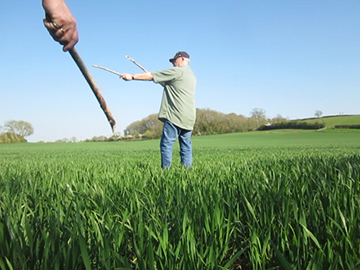



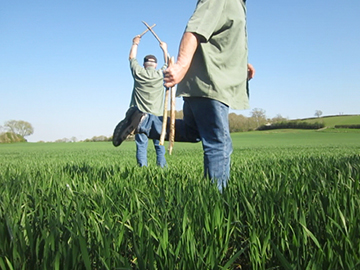
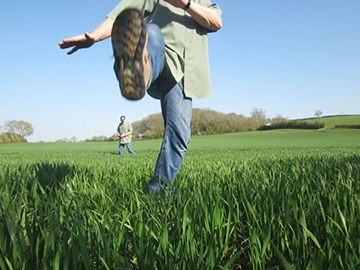



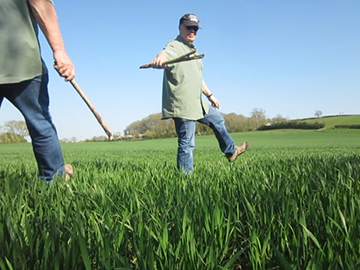


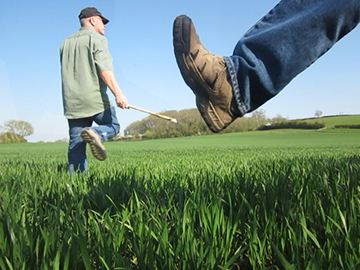
Leave a comment